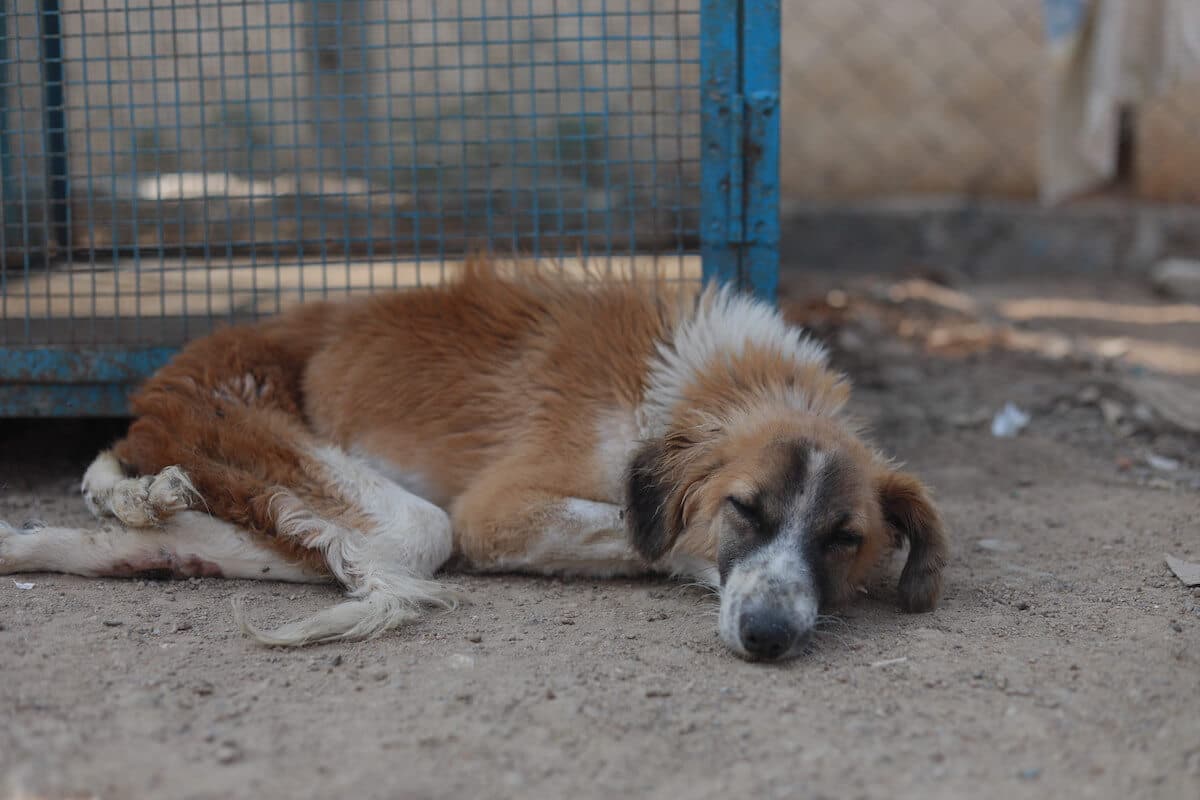In recent years, the discourse surrounding animal cruelty in India has intensified, leading many to question whether such acts are genuinely on the rise or if they are simply receiving greater media attention. As reported incidents become more visible, it compels stakeholders to examine the contributing factors behind this alarming trend. The question remains: is animal cruelty genuinely increasing in India, or are there deeper undercurrents that warrant closer investigation?
To begin with, it is crucial to comprehend the legal framework that governs animal welfare in India. The Prevention of Cruelty to Animals Act of 1960 was instituted to safeguard animals from maltreatment. However, despite the establishment of this legislation, enforcement remains sporadic at best. Numerous instances arise where individuals engage in acts of cruelty with little to no repercussions. As urbanization accelerates, conflicts between humans and animals, particularly stray populations, are exacerbating, contributing to a climate of tolerance for violence against these vulnerable creatures.
The increasing visibility of animal cruelty incidents in society can be attributed, in part, to the growing influence of social media. Reports and graphic images disseminate rapidly, eliciting outrage and igniting calls for accountability. Yet, while this digital amplification raises awareness, it also fosters a disturbing fascination with the phenomenon itself. Some individuals linger on these posts, engulfed in a macabre form of entertainment. This dichotomy raises questions about societal desensitization; as compassion becomes dulled, what implications does this have for future acts of cruelty?
Additionally, another facet to consider is the cultural attitudes towards animals in India. Traditionally, many communities have respected animals as manifestations of the divine. However, in certain urbanized sectors, there has been a shift toward commodification and objectification. Animals are often seen as mere resources or obstacles rather than sentient beings deserving of empathy. This shift in perception creates fertile ground for actions that can be classified as cruelty, as individuals justify their aggressive behavior under the guise of economic or practical necessity.
Moreover, the correlation between socio-economic conditions and animal abuse cannot be overlooked. As economic strains increase, marginalized groups in society may resort to violence as a means of control or expression. The lack of education and poor living conditions can exacerbate this cycle of aggression, leading to a propensity towards cruelty. Conversely, affluent segments may engage in animal cruelty from positions of power, flaunting their dominance over weaker beings. This interplay between socio-economic status and attitudes towards animal welfare reflects a broader pattern of behavior that extends beyond mere cruelty.
Additionally, the rise of puppy mills and illegal breeding practices has burgeoned in urban environments. These facilities often prioritize profit over the well-being of animals, resulting in severe neglect, mistreatment, and abandonment. Pet ownership, which ideally fosters companionship and responsibility, often devolves into a transactional relationship where animals are viewed as disposable objects. This commodification reinforces negative attitudes towards animals and proliferates cycles of violence and neglect, thus exacerbating the problem of cruelty.
The media plays an instrumental role in shaping perceptions of animal welfare issues in India. While sensationalized headlines and shocking visuals bring attention to instances of abuse, they can simultaneously detract from necessary long-term dialogues about prevention and education. The focus on individual cases may overshadow systemic issues that perpetuate a cycle of violence against animals. It becomes imperative for media narratives to not only highlight the crisis of animal cruelty but also champion solutions that address root causes.
Education is paramount in reversing the trend of cruelty. Initiatives that promote compassion and respect for all living beings can profoundly alter societal norms. From grassroots outreach to educational programs in schools, fostering empathy should occupy a central role in the quest to eradicate animal cruelty. Involving local communities in discussions about animal welfare can strengthen bonds, dispel misconceptions, and promote behaviors that reflect kindness and stewardship towards animals.
Another contributing factor relates to the insufficient capacity of animal welfare organizations to address the magnitude of the crisis. Many organizations operate with limited resources, struggling to intervene in cases of abuse, rescue animals, and promote public awareness. This bottleneck hampers progress and reinforces a culture of impunity. Increased funding, support, and volunteer engagement can enhance the reach of these organizations, turning the tide against cruelty.
In contemplating the disturbing trend of animal cruelty in India, it is crucial to approach the issue with analytical rigor. While statistics may indicate an upsurge in reported abuse cases, one must discern whether this reflects an authentic escalation in cruelty or simply a greater willingness to report such incidents. The societal fascination with animal cruelty, be it for shock value or morbid curiosity, highlights a deeper malaise rooted in cultural attitudes, socio-economic disparity, and inadequate education.
In conclusion, the discourse surrounding animal cruelty in India requires critical examination, as it intertwines with broader societal challenges. By embracing a comprehensive approach that prioritizes education, moral accountability, and systemic reform, it is possible to unravel this troubling trend. The responsibility falls on individuals, communities, and policymakers alike to foster a culture of compassion, thereby ensuring a future where animals are protected and valued as integral members of our shared environment.








